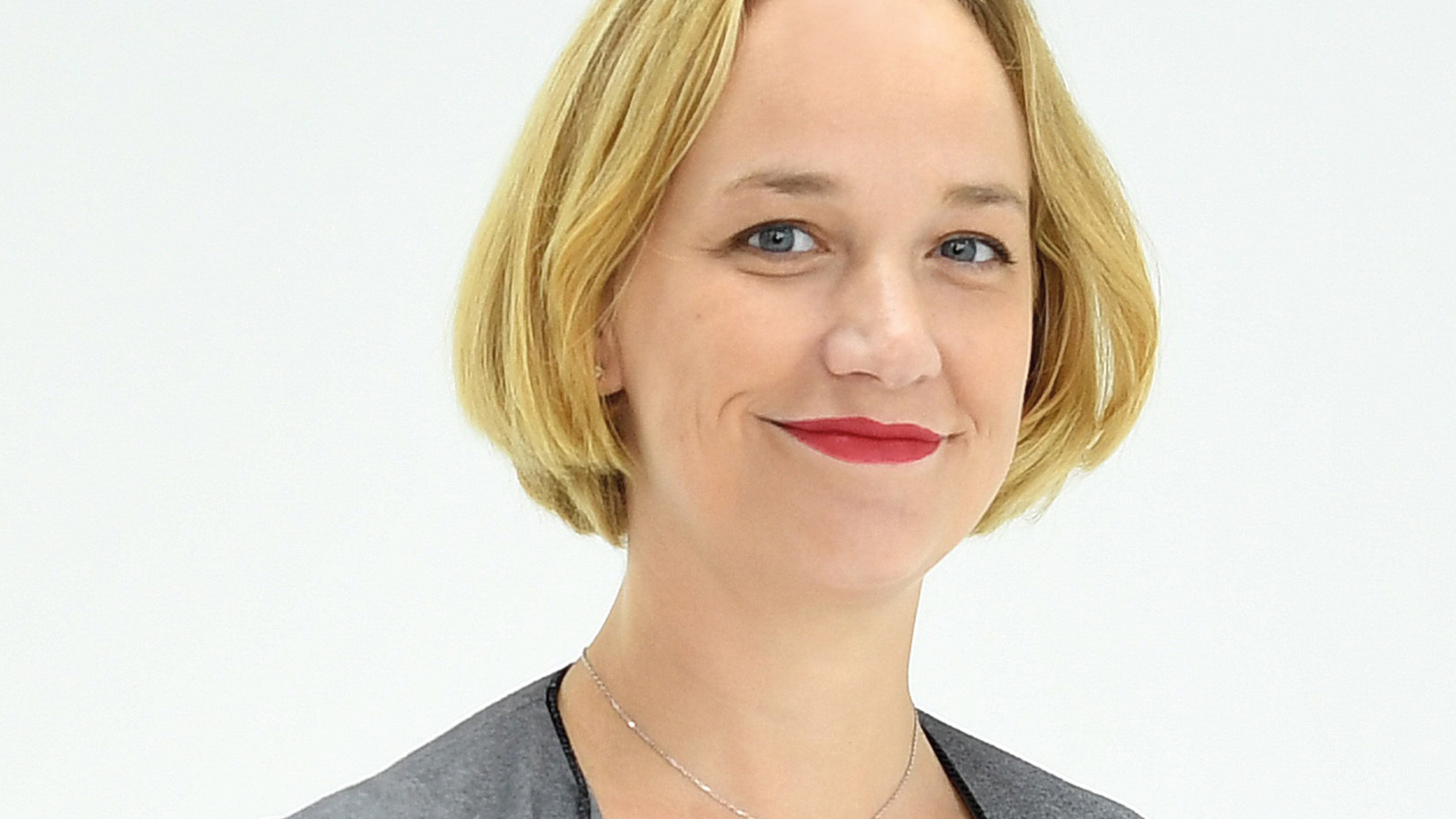Bank of Singapore fortifies its data foundations

The private banking institution’s chief data and innovation officer outlines its data strategy, including employee upskilling and deploying predictive tools like AI and machine learning.
When Celine Le Cotonnec joined OCBC’s private banking arm, Bank of Singapore, early last year in the newly created role of chief data and innovation officer, her main objectives were to strengthen the three pillars of the bank’s data strategy: platform, people and governance.
“The first stage for a new chief data officer in any organisation is to understand the data use cases and users’ pain points. Once these are identified, you can start discussing the technology platform, the skills needed within the organisation and the enforcement of data governance, and so on,” she says.
According to Ms Le Cotonnec, a modern platform needs to be able to surface the latest data — internal and external — in near real time and allow users to self-serve. “You also need tools to help users understand the data better and enable them to make data-driven decisions faster,” she says. “But all three pillars need to be in place to efficiently implement and industrialise artificial intelligence (AI), machine learning and natural language processing models within the organisation.”
While the technology stack is important, Ms Le Cotonnec zeroes in on the second pillar: people. “We must have the right skillset in the right place within the organisation. So we are upskilling our analysts in Python and visualisation, and increasing the data literacy at all levels of the organisation,” she says. “We are also creating new roles — such as AI or analytics translators — who come from the business side, but have enough understanding of data analytics to be able to work with data scientists and generate business benefits through data-led decisions.”
The pandemic has changed the way we communicate with our customers, but it has also changed the way they want to interact with us
The third pillar is data governance, which covers data management, quality and protection. “I think the banking industry has benefitted from regulation, such as BCBS 239 for risk data aggregation and risk reporting, because we’ve had to implement solutions for data quality and lineage. This was extremely helpful to make the whole industry much more aware of the importance of data quality,” she says.
Data requirements
The private banking sector faces specific data challenges, according to Ms Le Cotonnec. “We aren’t collecting the vast amounts of data a retail bank, credit card company or e-commerce platform does, which enables them to create a better psychographic customer profile. Yet we need to customise our offers and propose the right investment products at the right time in our customer’s journey, according to their risk profile, whether they are high- or ultra-high-net worth individuals or family offices.”
Therefore, as well as internal data, Bank of Singapore is leveraging available sources of external data to improve its customer experience and compliance processes, such as anti-money laundering. “The value is in drawing relevant insights from external and unstructured data,” she says.
AI and machine learning are being applied in private banking to better understand and predict customer needs. But Ms Le Cotonnec believes that the real benefits of such predictive technologies surface in control functions, such as cyber risk and data privacy. “Banks should use AI technology to improve both control measures and collaboration with regulators,” she says.
Preparing for change
Workforce upskilling can also help to future-proof the business. “We know that AI and automation will affect certain jobs in the future, but those people have acquired knowledge and, with the right training, can be redeployed as new jobs will be created,” Ms Le Cotonnec says. “I believe much more in upskilling people than just hiring in data scientists from start-ups to transform the organisation.”
The other part of her job is to foster a culture of innovation, which is supported by senior management’s promotion of agile practices. “Bahren [Shaari] is a visionary chief executive and he is turning Bank of Singapore into an agile organisation,” says Ms Le Cotonnec. “The goal is to reach a point when innovation is not just happening in a [research] lab or on the side, but is part of the day-to-day. The role of the Innovation Centre of Excellence is to enable everyone in the organisation to have the skillset to innovate.”
Such agility has paid off during the global pandemic, which has encouraged adoption of digital channels in a historically face-to-face industry. “Covid has accelerated the digital transformation of the private banking industry because there was no other choice,” she says. “The pandemic has changed the way we communicate with our customers, but it has also changed the way they want to interact with us.”
She believes that digital ways of working will continue after the pandemic, but a hybrid model of augmented banker will emerge. “There will be a new generation of hybrid relationships, where the transactional tasks are done online while relationship managers meet clients face-to-face for portfolio advisory and strategy decision, supported by AI recommendations. But the digital transformation has started and it won’t roll back,” Ms Le Cotonnec says. “Customers have learnt to trust digital channels and online chats.”


